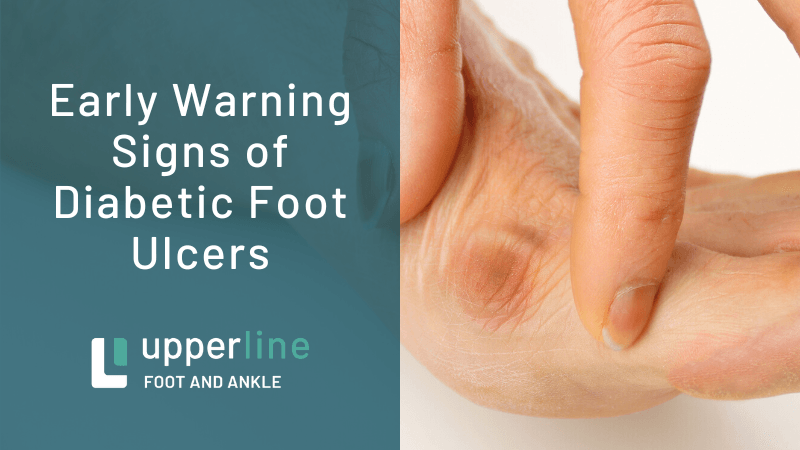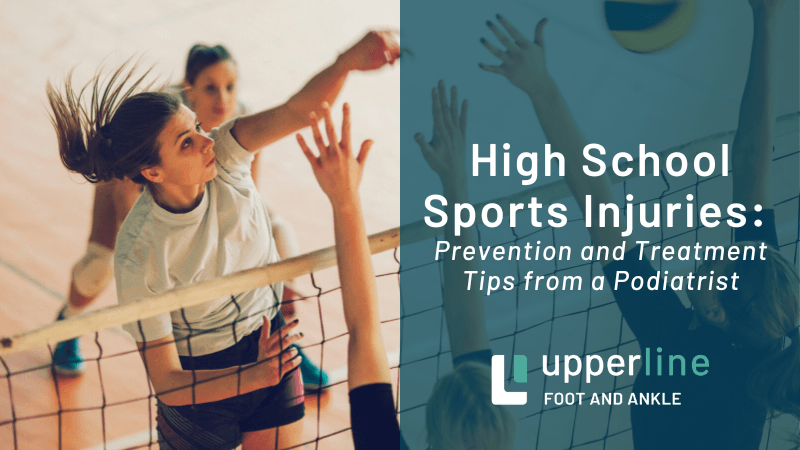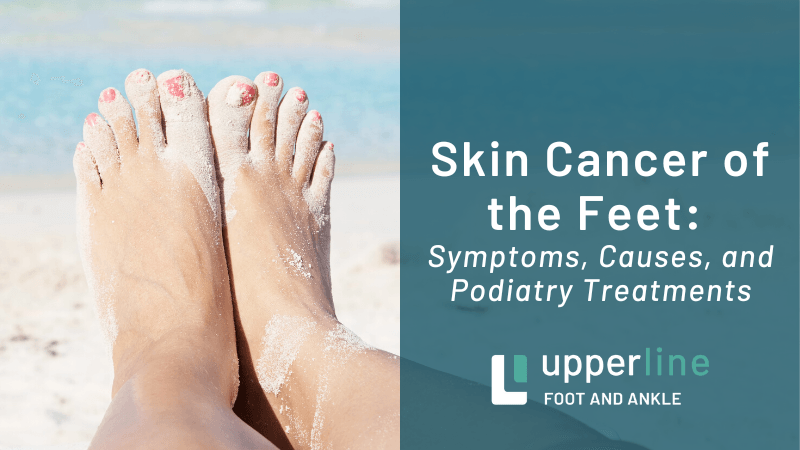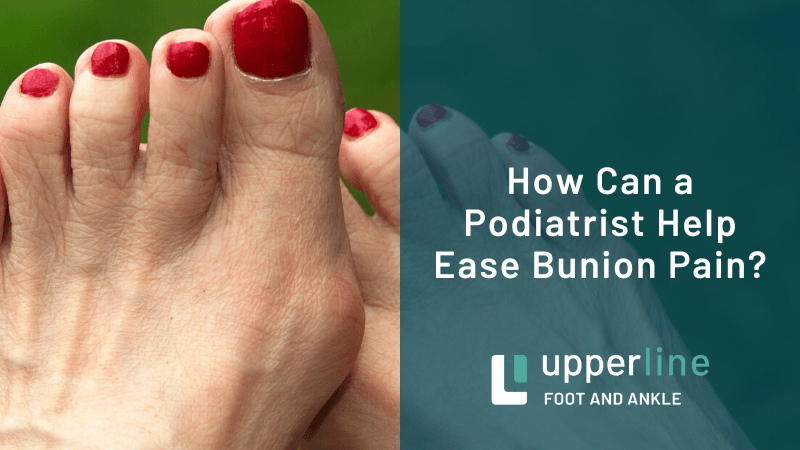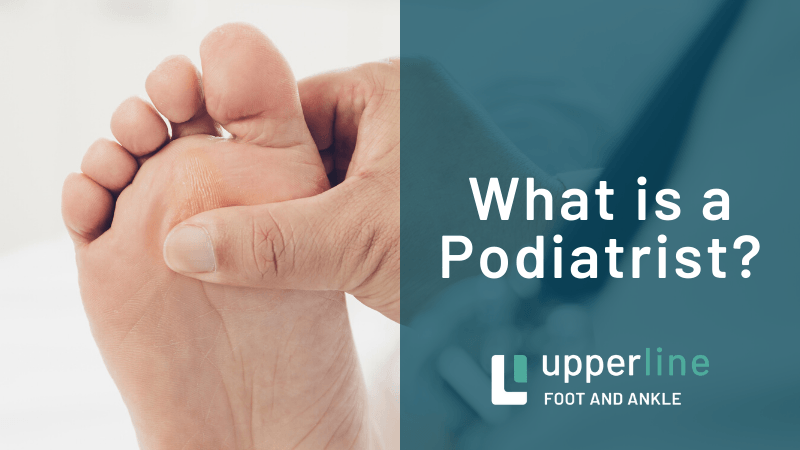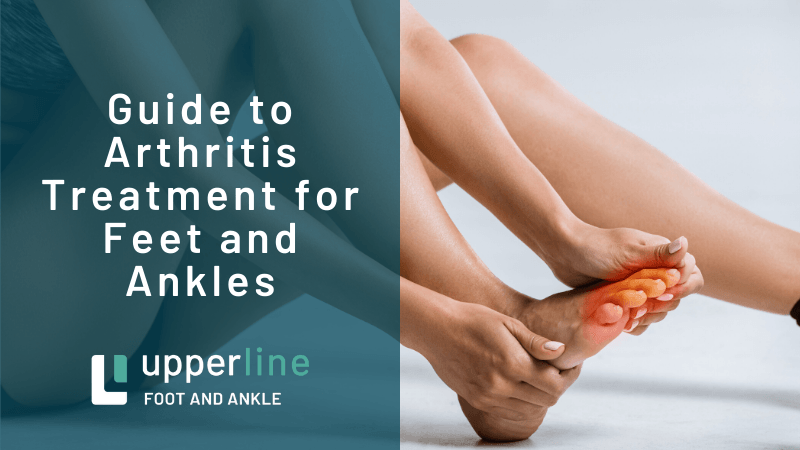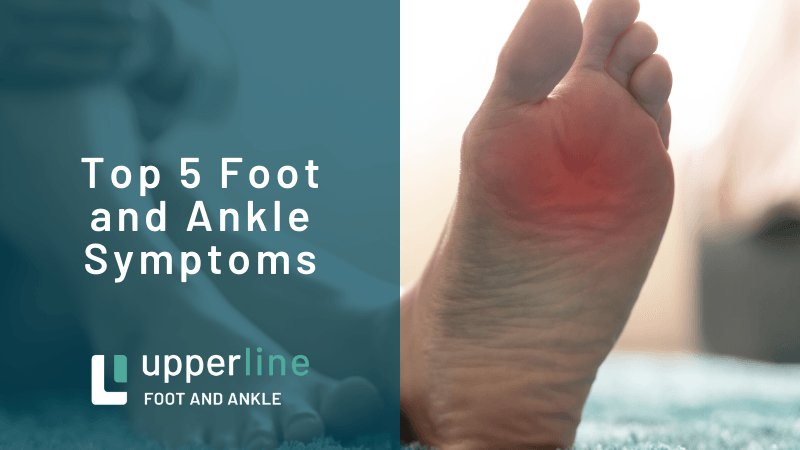How to Prevent Sports Injuries
Floridians sure do love their sports teams. Of course, the colors you wear depend on a lot of things, like your alma mater, the time of year, and your geographic location. But regardless of allegiance, Florida has the great privilege of having a variety of quality teams to watch all year round.
We see dedicated sports fans like the Marlins, the Gators , or the Dolphins in our practice year-round and we’re always impressed by the allegiance they show their preferred team.
Sports injuries are, naturally, familiar to dedicated sports fans. We’ve all winced and groaned when one of our favorite players goes down or been convinced that the reason our team lost was the lengthy injury list for that day. You can’t help it. While it’d be amazing if our favorite teams could play at full-strength every game of every year, it’s just not feasible. The human body is an amazing machine, but it will wear down like any other machine. (Of course, it’s a lot less convenient when your team’s quarterback is the one having biomechanics issues on gameday.)
The trick here is that while an athlete can never be free of a risk of injury, they certainly can reduce the possibility considerably. That may not help your team’s quarterback on Sunday, but it’s still good information to have.
You don’t have to be a college running back or a pitcher for the Marlins to suffer from big-league injuries while staying active. We see people from all walks of life in our practice and injured athletes are among them. The sport varies, but the injuries are usually familiar. The runner with plantar fasciitis, the point guard with the ankle sprain, and the football player with a broken ankle are no strangers to us here at Foot and Ankle Associates of Florida. Over the years, we’ve compiled some information on how to best prevent sports injuries. This is by no means an exhaustive list, but it’s a good starting point for any active person who wants to do all they can to safeguard their health.
Have The Right Shoe
We’ll use runners as an example, as we see quite a few of them in our waiting room. While we can’t say that majority of injuries come from ill-fitting or ill-designed gear, we can say that improper gear will have huge consequences for your body. For runners, the right gear means having a great pair of running shoes that fits comfortably and correctly.
What does this look like? Well, it’ll depend on the size and shape of your foot, but a good running shoe should be snug in the midfoot and heel and give you a little wiggle room in the toes. The right pair of running shoes will also be just a little bit bigger than your foot. Running in shoes slightly too large will work out better in the long run than running in shoes that are too tight.
You can take this advice and apply it to other sports as well. Cleats are an important investment for podiatric health in soccer and football and the right pair will let you grip the turf and have the best footing to prevent falls. In that same vein, the correct pair of basketball shoes will have enough ankle support to prevent sprains. Regardless of the sport, having the right shoe is a great first step to injury-free activity.
Warm Up
This should be a given, but it’s worth stating again. The body is a machine, but the individual parts of that machine work better when they’re given time to prepare for activity. We recommend light, dynamic stretches to prepare for any physical activity. What does that look like? Well, if you’re about to play a game of basketball down at the rec center, we’d suggest taking a light jog around the court to begin. Static stretching, where an individual stands in place and stretches, is best saved for AFTER activity.
To prepare for activity, dynamic movements to slowly warm up work best. Take a light jog or walk at first and then move onto some more challenging activities, like lunges or high knees. Static stretching still has its place, but just be sure you incorporate it after the workout to aid in your recovery. Going off of this, maintaining your flexibility through a combination of dynamic and static stretching is imperative. If you’re interested in specific stretches for podiatric health, contact our office. We’d love to be of help!
Pace Yourself
You wouldn’t go straight into an NFL game after one high school practice. Then why would you expect to be able to run 10 miles on your first day? Many sports injuries can be prevented by EASING your way into your routine. If you’re a new runner or hiker, don’t attempt extremely strenuous activities as soon as you’ve made up your mind to take up this hobby. (Although kudos to you!) It’s ok to have a few ‘easy weeks’ where you’re building your body up to reach that goal you’ve set.
For instance, if you’re training for a half-marathon and haven’t ran in a while, it’s perfectly fine to begin with a light one-mile jog on Day 1. Don’t see this as a weakness; see it as a building block to crushing that half-marathon. Rome wasn’t built in a day, after all. Gradually increasing the distance you run or the weight you lift will be a much better deal for your body in the long run and will help prevent sports injuries.
Inversely, don’t think that being in good shape frees you from this risk. The weekend warrior, who sits 40 hours a week, and runs marathons on the weekend, is at great risk for plantar fasciitis, due to all of the miles they log. Your body can handle a lot, but the risk of sports injuries increases when you frequently switch from low-activity to high-activity.
We would recommend a day or two of rest if you’re a high-performance athlete who’s suffering overuse injuries. A week off of your feet might just be the ticket. If that’s completely off the table, consider a low-impact exercise in the interim. Swimming might be a good option while you rest up or you could consider cycling or walking.
If you can’t put weight on your foot or ankle or whatever reason, upper-body lifts could be your ticket to staying in shape while you recover. Regardless of the details, what matters is that you’re not worsening your injury through overuse and that you’re still staying active through less impactful exercises.
Admit When You Need Help
Powering through sports injuries is a momentously bad idea. Seriously- we can’t press upon you HOW bad of an idea this is. We understand being committed to your team, if you’re in a recreational league, or being dedicated to your fitness, if you’re an avid runner or cyclist. You pursue the hobbies you do because you love them, and it can be difficult to take a break. You might be concerned that time off could lead to a decline in your overall stamina and performance and thus want to continue exercising. We admire the dedication!
However, powering through the painful symptoms of turf toe or plantar fasciitis will cause you more trouble down the line. At the end of the day, you’re actively hurting the team and/or yourself, because every day you train with a sports injury is a day you could have been recovering. While taking a break may not be fun, it’s a lot more enjoyable than risking a greater injury. It’s better to take a little bit of time off now, rather than being forced to take weeks off later, due to a more serious problem.
Schedule an Appointment
Upperline Health has locations across Florida ready to care for your lower extremity needs.

Upperline Health Florida provides the highest quality integrated lower extremity care to patients in need through a skilled and compassionate team. We strive to deliver care in a consistent and high-quality manner.
Navigation


